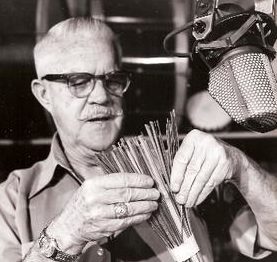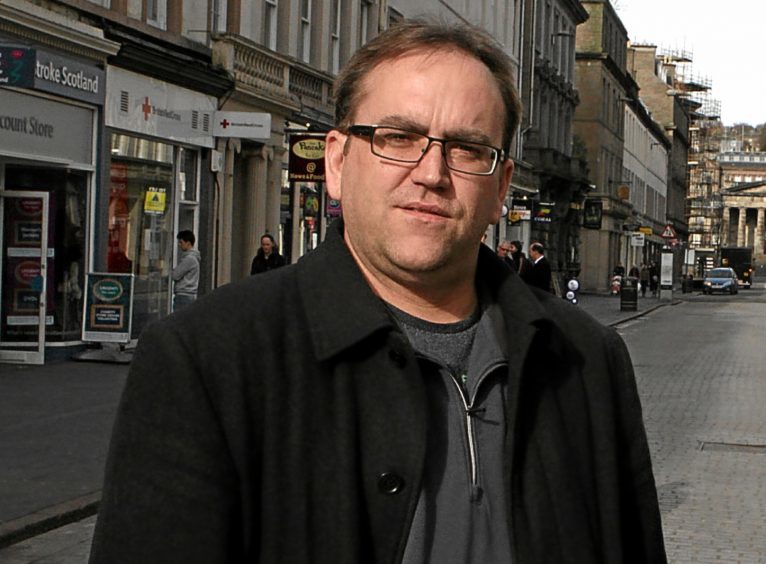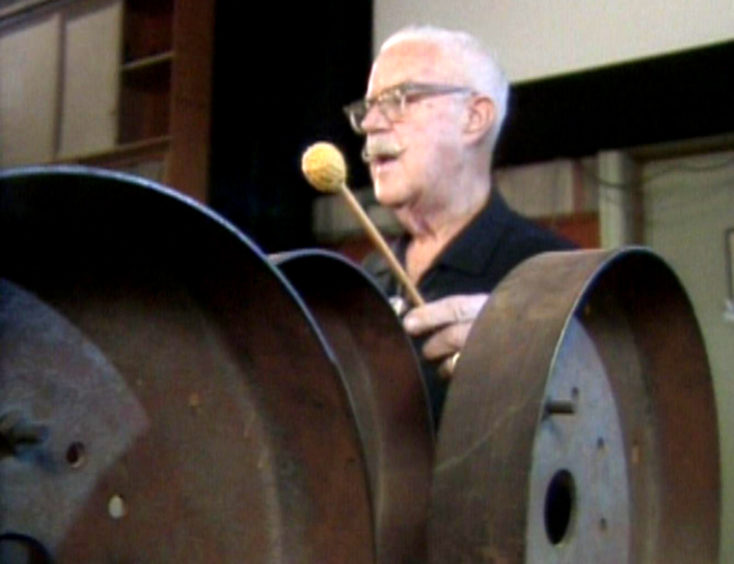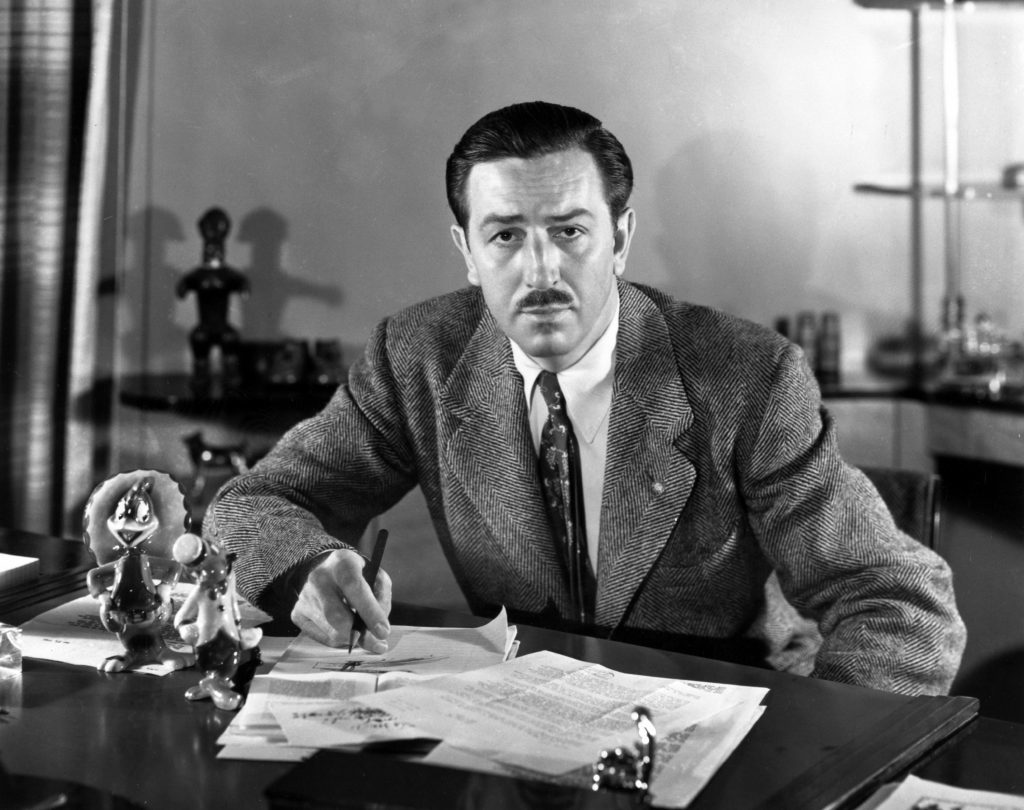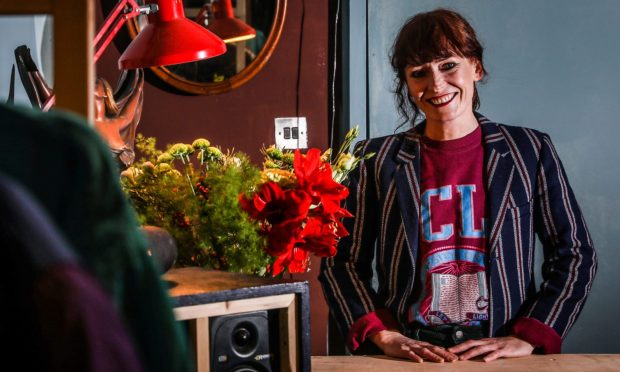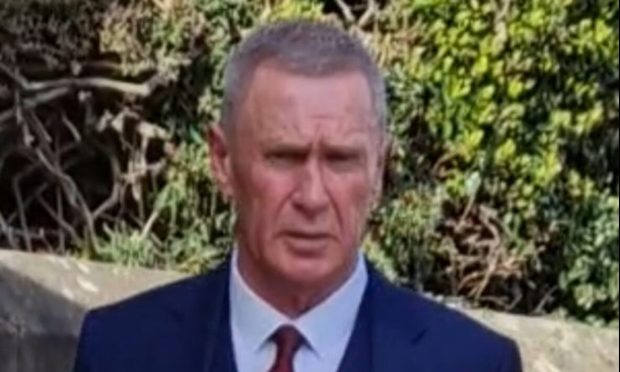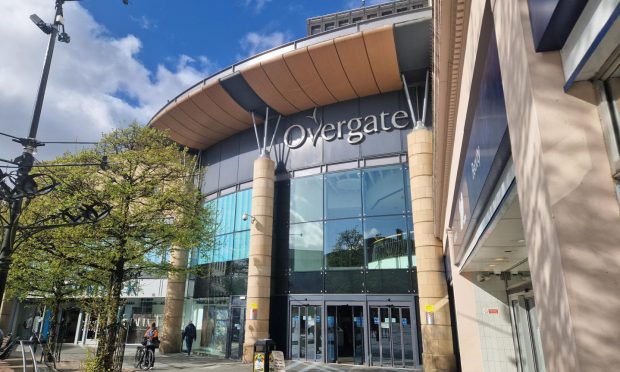The legacy of a one-man Dundee sound-effects wizard – chosen by Walt Disney to provide the voice for Mickey Mouse – is to live on for generations to come.
The sounds for a new Mickey and Minnie’s Runaway Railway attraction at Disney’s Hollywood Studios in Florida will be created using Jimmy Macdonald’s legendary sound effects equipment, which has been brought out of storage for the occasion.
Many of Macdonald’s original props and devices have been located and restored to build the “soundscape” for the first-ever Mickey Mouse-themes ride-through attraction.
Mickey and Minnie’s Runaway Railway is expected to open in autumn 2019 and will feature a new original story and theme song.
Disney bosses say the attraction will use “breakthrough technology to transform a two-dimensional cartoon into an amazing real-word experience.”
Macdonald, who was known as Jim or Jimmy, became the second voice of Mickey Mouse, replacing Walt Disney himself, from 1946 to 1976.
He was also the long-time sound effects man for many of Disney’s earliest cartoons.
He provided the familiar falsetto for the famed mouse on all film and TV projects up until the early 1980s.
The Dundonian also created the bark for Pluto, yodelled for the Seven Dwarfs, voiced the Chipmunks and provided the sound of the feisty dragonfly, Evinrude, in The Rescuers in 1977.
Dundee SNP councillor Will Dawson said his contribution to cultural history deserved to be better known.
“Dundee is renowned for being home to some of our best-loved cartoon characters, so we find it fitting the city should have produced someone who went on to become one of the world’s most-famous characters,” he said.
“Mickey and Minnie’s Runaway Railway attraction being created entirely using Jimmy’s legendary sound effects equipment is a fitting tribute and will keep his legacy alive for a new generation.”
Born in Dundee in 1906, Macdonald’s family emigrated to the United States when he was a month old.
They travelled via the SS Haverford from Liverpool, arriving in Pennsylvania 15 days later.
He grew up in the Philadelphia area and got a degree in engineering before moving to California in 1927.
His first job was with the Burbank Engineering Department.
In 1934, he was playing drums and percussion for the Dollar Steamship Lines, when the band was called to the Disney Studios to record for a Mickey Mouse short.
MacDonald stayed on to work in the newly-formed Disney Sound Effects Department, doing vocal effects and cartoon voices.
In 1946, Walt Disney was becoming too busy and too hoarse to continue going into the sound stage to record Mickey’s dialogue.
He picked MacDonald as his successor, beginning with the Mickey and the Beanstalk segment of Fun and Fancy Free.
Over his 48-year career with Disney, Macdonald created and assembled one of the largest and most impressive sound effects libraries in film history.
He built 500 sound-effects gadgets and he also worked on the soundtracks for the studio’s live-action films.
Macdonald died at his home in Glendale, California in 1991 of heart failure at the age of 84 and was named a Disney Legend in 1993.
He was scheduled to contribute sounds to the Splash Mountain attraction at Disney parks in Tokyo and Florida at the time of his death.
In 2010 he was featured in Dundee Council’s One City, Many Discoveries campaign that highlighted the global contribution made by Dundonians.
It was part of a campaign to raise Dundee’s profile and the new vision has been funded with a £73,000 investment from the council’s economic development department.
“Absolute genius”
Throughout his career Jimmy Macdonald was the man behind some of the most familiar character voices in cartoon history.
He was the voice of Chip the chipmunk and his repertoire also included yodelling, whistling and sneezing for the dwarfs in Snow White and the Seven Dwarfs in 1937.
In addition to Mickey and his regular sound effects duties, Macdonald did a variety of dogs, cats and bears in the True-Life Adventures, an Academy Award winning series that was shot on location, making it difficult to bring in sound equipment.
Macdonald taught himself to imitate hundreds of animal sounds for the pictures.
Macdonald was the silhouetted figure of a timpani player in Fantasia (1940) and made expressive sounds for the circus train engine from Dumbo in The Reluctant Dragon (1941).
He would go on to voice Jaq and Gus in Cinderella (1950) and the Dormouse in Alice in Wonderland (1951).
He also made the sound effects of Tick Tock the crocodile from Peter Pan (1953), Humphrey the Bear in Lady and the Tramp (1955) and Dragon Maleficent from Sleeping Beauty (1959).
Macdonald was the Wolf in The Sword in the Stone (1963), and the hyena in Bedknobs and Broomsticks (1971).
For the 1977 animated feature ‘The Rescuers’ he provided sounds for the feisty dragonfly, Evinrude.
As if he didn’t have enough obscure credits, Kirk Douglas’s on-screen humming in 1954’s 20,000 Leagues Under the Sea is credited to Macdonald.
He also found time to play in the studio’s popular jazz band ‘Firehouse Five Plus Two’ alongside Disney legends Ward Kimball, Frank Thomas, Harper Goff, and George Bruns, among others.
Walt Disney enjoyed his ‘in-house’ band so much that they were featured on episodes of the ‘Mickey Mouse Club’ and played live down at Disneyland.
“Jimmy was probably one of the best sound effects men in Hollywood in the early days – a real pioneer,” said a Disney spokesman.
“He created all the effects you hear in Disney animated shorts and live-action shorts.
“He was an absolute genius.”
